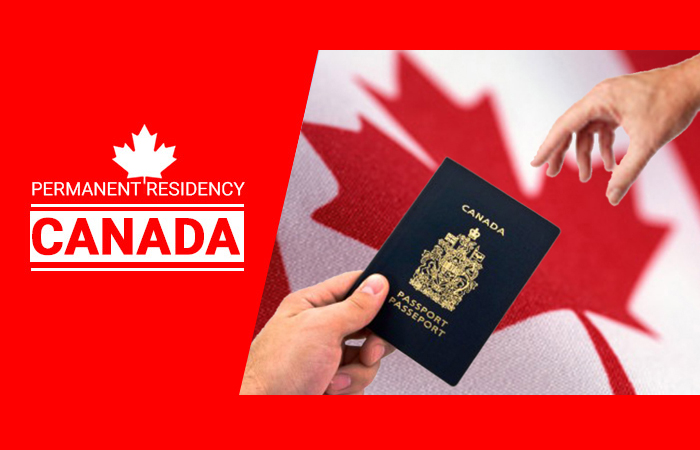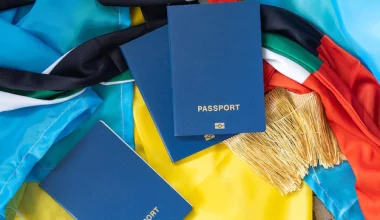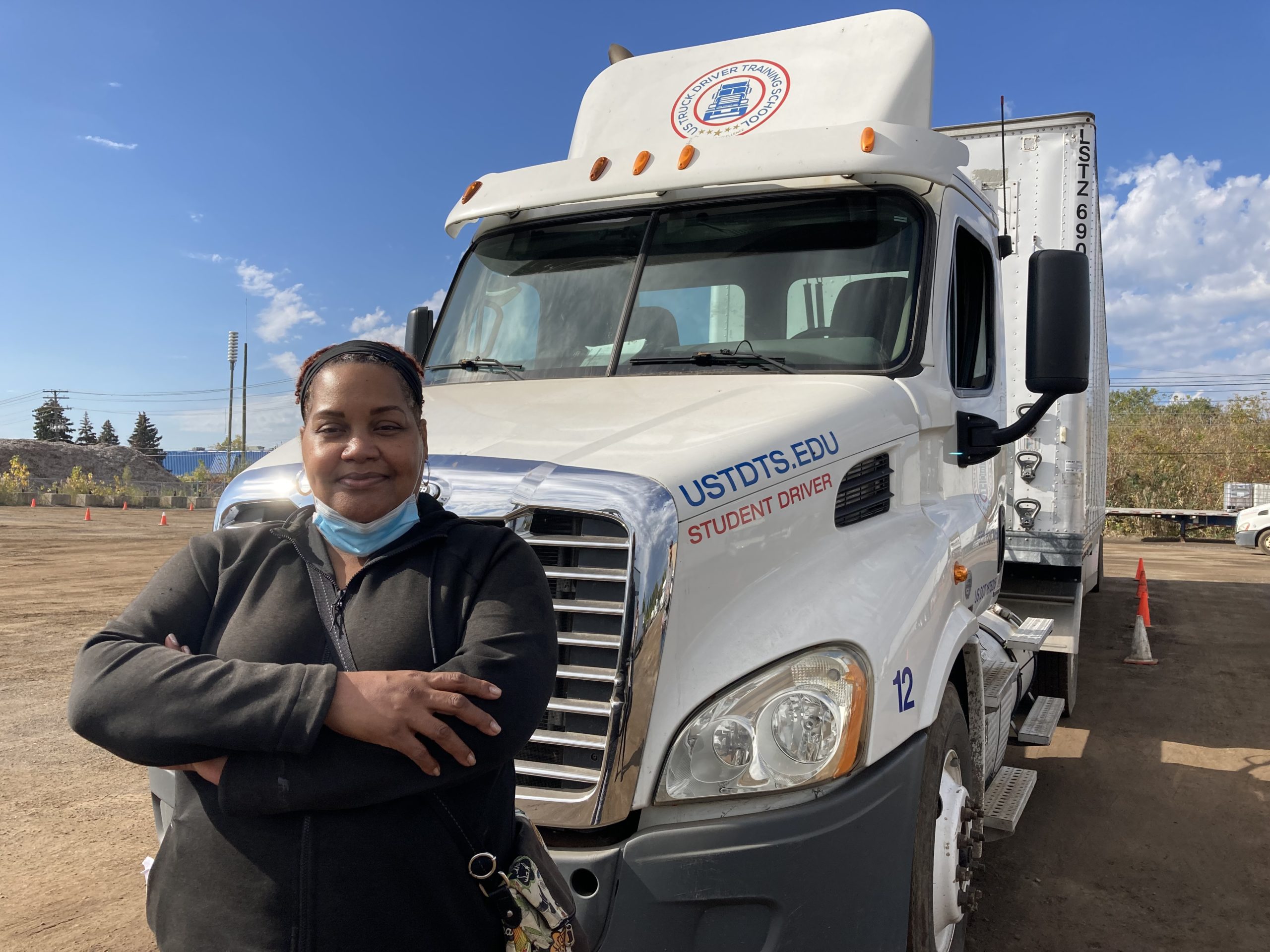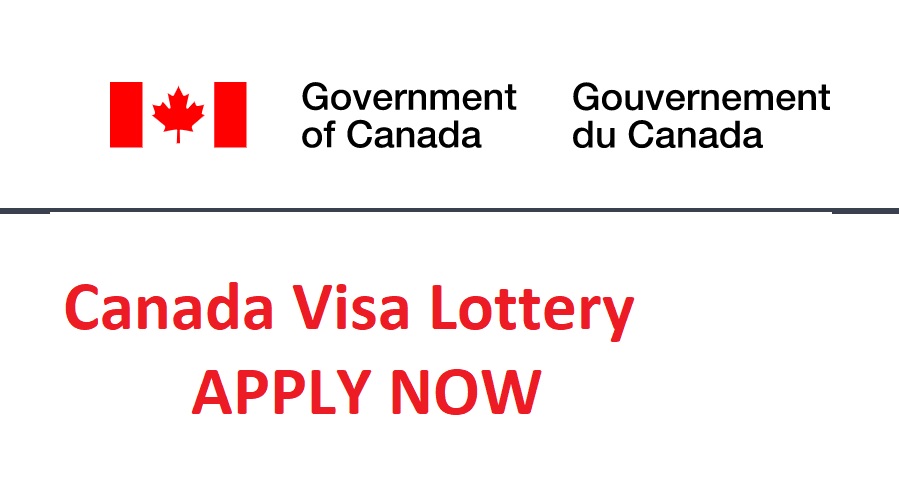Foreigners from all over the world are welcome to live and work in Canada. Our thriving economy and plentiful work possibilities make it an appealing option for anyone looking to embark on a new adventure.
While there are several opportunities to study or work temporarily in Canada, it is the country’s immigration programs that draw individuals in. Here’s how to gain permanent residency in Canada in 2022, whether you’re a carpenter, nurse, farmer, or software developer.
Step 1. Check Your Eligibility
When applying for permanent residency in Canada, the first step is to determine which immigration programs you are eligible for. With over 100 visas and immigration programs to choose from, it might be difficult to know where to start. Which immigration program you are eligible for is determined by your age, education, profession, desired location, and level of expertise in that field. For example, you must establish in one of the Atlantic Provinces: New Brunswick, Nova Scotia, Prince Edward Island, or Newfoundland and Labrador to be eligible for the Atlantic Immigration Program (AIP).
You must demonstrate your ties to a certain province in order to receive a Provincial Nomination and apply through a PNP. To apply for one of the three federal skilled programs using Express Entry, the most extensively utilized immigration system, you must meet the qualifications for one of the three federal skilled programs. They are intended to encourage skilled foreign employees to relocate to Canada in a variety of occupations.
Federal Skilled Worker Program
| FSWP | |
|---|---|
| Selection Factors | Requirement |
| Skilled work category | National Occupation Classification (NOC) Level 0, A or B |
| Work Experience | One year work experience |
| Language Requirements | Canadian Language Benchmark (CLB) 7 in all four abilities: reading, speaking, listening and writing |
| Education | Educational Credential Assessment (ECA) of your qualification from an appropriate authority eg: A university |
| Settlement Funds | Have enough money, and provide proof thereof, that you can support yourself and dependants in the country or; you have a valid work offer from an employer in Canada or; have a work permit and can work in Canada. |
Federal Skilled Trades Program
| FSTP | |
|---|---|
| Selection Factors | Requirement |
| Trade work category | National Occupational Classification (NOC) major groups: Major Group 72 : construction trades as well as industrial and electrical fields Major Group 73: Trades that encompass maintenance and equipment operation Major Group 82: These are supervisors and those technical jobs where you’ll work with natural resources, agriculture and production of harvested goods Major Group 92; Trade category that has to do with processing, manufacturing including utilities supervisors and central control operators Minor Group 632, chefs and cooks Minor Group 633, butchers and bakers |
| Work Experience | Two years of full-time work experience |
| Education | No education requirement certificate of qualification or proof of experience certified by a relevant local (provincial, territorial or federal) authority in Canada |
| Work Requirements | job offer of full-time employment for a Canadian employer |
| Language Requirements | CLB 5 for speaking and listening CLB 4 for reading and writing |
| Settlement Funds | Have enough money, and provide proof thereof, that you can support yourself and dependants in the country or; you have a valid work offer from an employer in Canada or; have a work permit and can work in Canada |
Canadian Experience Class
| CEC | |
|---|---|
| Selection Factors | Requirement |
| Work Experience | full-time work in one occupation in Canada or; two years part-time in Canada |
| Skilled work category | NOC 0, A or B jobs. |
| Education | Must have seconday school completed No minimum post-secondary requirement |
| Language Requirement | CLB 7 for NOC 0 or A occupations or; CLB 5 for NOC 5 occupations |
Step 2. Calculate your CRS Score
After you’ve determined the program you qualify for, you’ll need to compute your Comprehensive Ranking System (CRS) Score, which is crucial to the process. This system is used by Canada’s immigration agency, Immigration, Refugees and Citizenship Canada (IRCC), to decide whether you are eligible to immigrate to Canada.
Your score rises as your language abilities, education, years of experience, age, and other characteristics, such as if you have Canadian relatives, rise. You can earn a maximum of 1200 points. When applying for permanent residency in Canada, you want your grades to be as high as possible. Some circumstances, like as taking the French and English tests, immigrating with a skilled partner, or receiving a provincial nomination that allows you to earn 600 points on your own, can help you improve your score.
Step 3. Gather Your Documents
Because certain procedures are common, the paperwork you’ll need will always depend on the sort of visa you’re asking for. You must, for example, have a passport, complete biometrics, submit medical reports, and obtain police clearance.
Some programs will need that you have a job and proof of your qualifications, such as a degree or a technical certificate. For the AIP and the PNP, you may be required to submit proof of where you live and work in Canada. You must submit your language test results regardless of which program you apply for.
Step 4. Create an Online Profile
Most applications can now be processed entirely online, thanks to contemporary technology. That is an effective technique to secure a prompt response. Although some applications are still paper-based, the most easiest way to apply is to create an online profile and apply online.
Your profile will include all of your pertinent information, such as your name, hometown, desired living and working location, and more. This information will be uploaded to a candidate pool, and a high CRS score boosts your chances of getting chosen.
Step 5. Apply
The last step in applying for permanent residency in Canada is to submit all of the documentation you’ve collected. Because of your high CRS score, you’ll receive an Invitation to Apply (ITA) when your profile is chosen. This provides you 60 days to submit all of your profile’s supporting documents. It is critical to complete this stage on schedule and in a well-organized manner. If all goes according to plan, you’ll be able to visit Canada before you realize it.
Why Get Permanent Residency in Canada?
Live and Work in Canada indefinitely
While you can renew your temporary work or study visa in Canada at any time, there are always things to consider. Your standing in the country is significantly more stable once you obtain permanent residency. You’ll be able to live and work in Canada indefinitely, and you’ll even be able to petition for citizenship later. You won’t have to worry about not being able to meet specific job or living standards.
Sponsor your Family
While some work visas allow you to temporarily sponsor family members like your spouse, common-law partner, or children, as a permanent resident, you can petition to have your family members live with you permanently. With a work permit or a study permit, they can work and study while they wait.
Free education for your children
Canada has a very high standard of education since its schools and the public education system is world-renowned from pre-primary to university level. For basic education up until twelfth grade, education is free for the children of parents who are permanent residents. Public schools in Canada are well-equipped and have amazing resources and staff.
Universal healthcare
Another thing that permanent residents in Canada get for free is healthcare. Your basic health is covered, though you may need to augment care with a private medical program for dental and optometrist needs. Furthermore, many jobs provide employees with medical insurance benefits and subsidies.
Social Benefits
Your retirement is one of the most significant factors to consider as you grow older. You can get social benefits such as retirement payments and disability benefits after working in Canada for around ten years. Although Canadian occupations pay quite well, taxes may appear to be greater than in your home country. The government spends this money on providing free healthcare and education to keep the country running smoothly. You can, however, apply for tax refunds as a resident and get some of that money back.
Move to Canada
Have any more questions about how to apply for Permanent Residency in Canada in 2022? Contact us today to get in touch with a Regulated Canadian Immigration Consultant (RCIC), a professional in Canadian Immigration. Their guidance and assistance in your move to Canada will be invaluable.






